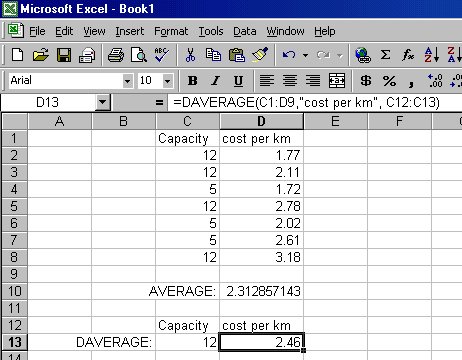Content

Suppose Company A has a standard mix of 100 skilled laborers @ $20 per hour and 200 semi-skilled laborers @ $15 per hour. Suddenly there was a shortage of skilled laborers, and the company had to engage unskilled laborers as well @ $10 per hour. The actual mix of workers stood at 50 skilled laborers, 300 semi-skilled laborers, and 50 unskilled laborers. Both the composition of laborers gives the same level of production. There are primarily three categories of laborers in any factory. A company may set up a standard production schedule by creating a mix of “x” number of skilled laborers and “y” number of semi-skilled laborers.
- Before looking closer at these variances, it is first necessary to recall that overhead is usually applied based on a predetermined rate, such as $X per direct labor hour.
- Total labour efficiency variance is a part of labour cost variance.
- Efficiency variance is a numerical figure that represents the difference between the theoretical amount of inputs required to produce a unit of output and the actual number used in practice.
- For a more specific case, if T1 and T2 are two unbiased estimators for the same parameter θ, then the variance can be compared to determine performance.
- Blue Rail produces handrails, banisters, and similar welded products.
When you review your actual costs, you find that the real price paid was $5.75 per pound. \nAn obvious way to reduce your costs is to analyze the prices you pay for materials. Assume that the cost accounting staff of Company X has calculated that the company’s production staff works 10,000 hours per month. The company also incurs a cost of $100,000 per month as its variable overhead costs.
AccountingTools
This illustration presumes that all raw materials purchased are put into production. If this were not the case, then the price variances would be based on the amount purchased while the quantity variances would be based on output. Comparing labor price variance to labor https://online-accounting.net/ helps you pinpoint areas of strength and weakness in your small business’s labor management.
How do you calculate efficiency formula?
Efficiency = useful power out ÷ total power in
Because some energy is always wasted from every device, efficiency should always be less than 1 or less than 100%. If you get answer that is bigger than 1 or 100%, you have made a mistake somewhere in your calculation!
At first glance, the responsibility of any unfavorable direct labor efficiency variance lies with the production supervisors and/or foremen because they are generally the persons in charge of using direct labor force. However, it may also occur due to substandard or low quality direct materials which require more time to handle and process.
What Is a Factory Overhead Cost Variance Report?
Comparing this figure ($125,000) to the standard cost ($102,000) reveals an unfavorable variable overhead Efficiency variance of $23,000. However, this inefficiency was significantly offset by the $20,000 favorable variable overhead spending variance ($105,000 vs. $125,000). Enter the number of direct labor hours budgeted, the number of direct hours actually worked, and the average hourly rate into the calculator to determine the labor efficiency variance. There is an inherent risk of arriving at a variance that does not represent an entity’s actual performance due to a margin of error. The error can directly result from an incorrect estimation or record of the standard number of labor hours.

